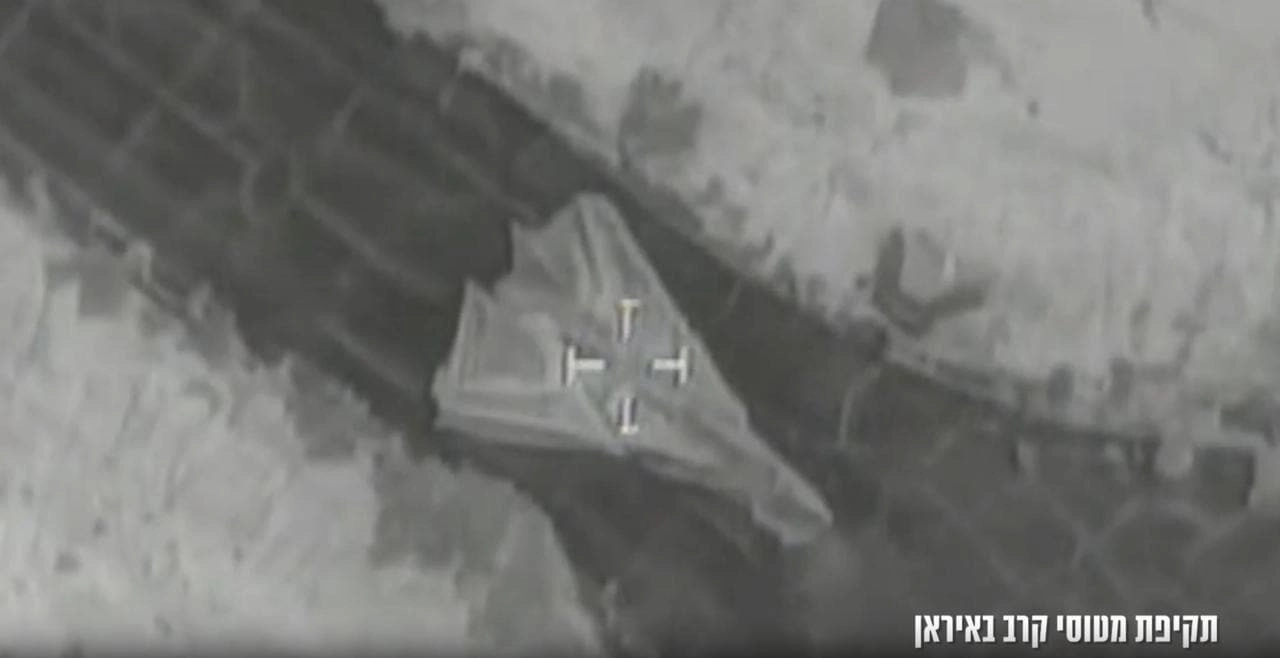In a significant escalation of military tensions in the Middle East, Israel has launched a series of strikes targeting six Iranian airfields. These attacks are primarily focused on missile launch storage sites, marking a notable step in Israel’s ongoing efforts to counter perceived threats from Iranian military capabilities. The operation highlights Israel’s proactive stance in addressing what it sees as a growing danger posed by Iran’s missile arsenal, which has been regarded as a direct threat to both Israeli security and regional stability.
The targeted airfields are believed to serve as critical locations for the storage and launch of missiles that could potentially be used against Israel. By striking these facilities, Israel aims to disrupt Iran’s ability to project military power in the region and to deter future aggression. The operation underscores Israel’s long-standing policy of preemptively addressing threats before they can materialize into actual attacks. This approach has been a cornerstone of Israeli defense strategy, particularly in relation to Iran, whose nuclear ambitions and support for militant groups in the region have long been viewed with suspicion by Israeli leadership.
In the broader context of Middle Eastern geopolitics, these airfield attacks may further exacerbate tensions between Israel and Iran. Tehran has consistently vowed to retaliate against Israeli incursions, and the recent strikes could provoke a cycle of escalation that might involve other regional actors. Iran’s response could range from direct military action to asymmetric warfare tactics, including cyberattacks or encouraging proxy groups in the region to retaliate against Israeli interests. The situation remains fluid, and the international community is closely monitoring developments, as the potential for conflict could have far-reaching implications not only for Israel and Iran but for the stability of the entire region.
As the situation unfolds, analysts are keenly observing the responses from both nations. Israel’s military strategy appears to be focused on maintaining a qualitative edge over Iranian capabilities while simultaneously signaling to the international community its resolve in protecting its sovereignty. Meanwhile, Iran’s leadership faces the challenge of balancing their response to Israeli actions without escalating into a full-scale conflict that could draw in other nations. The complexities of this confrontation highlight the intricate web of alliances and enmities that characterize the Middle East, where military actions often have unpredictable and far-reaching consequences.




